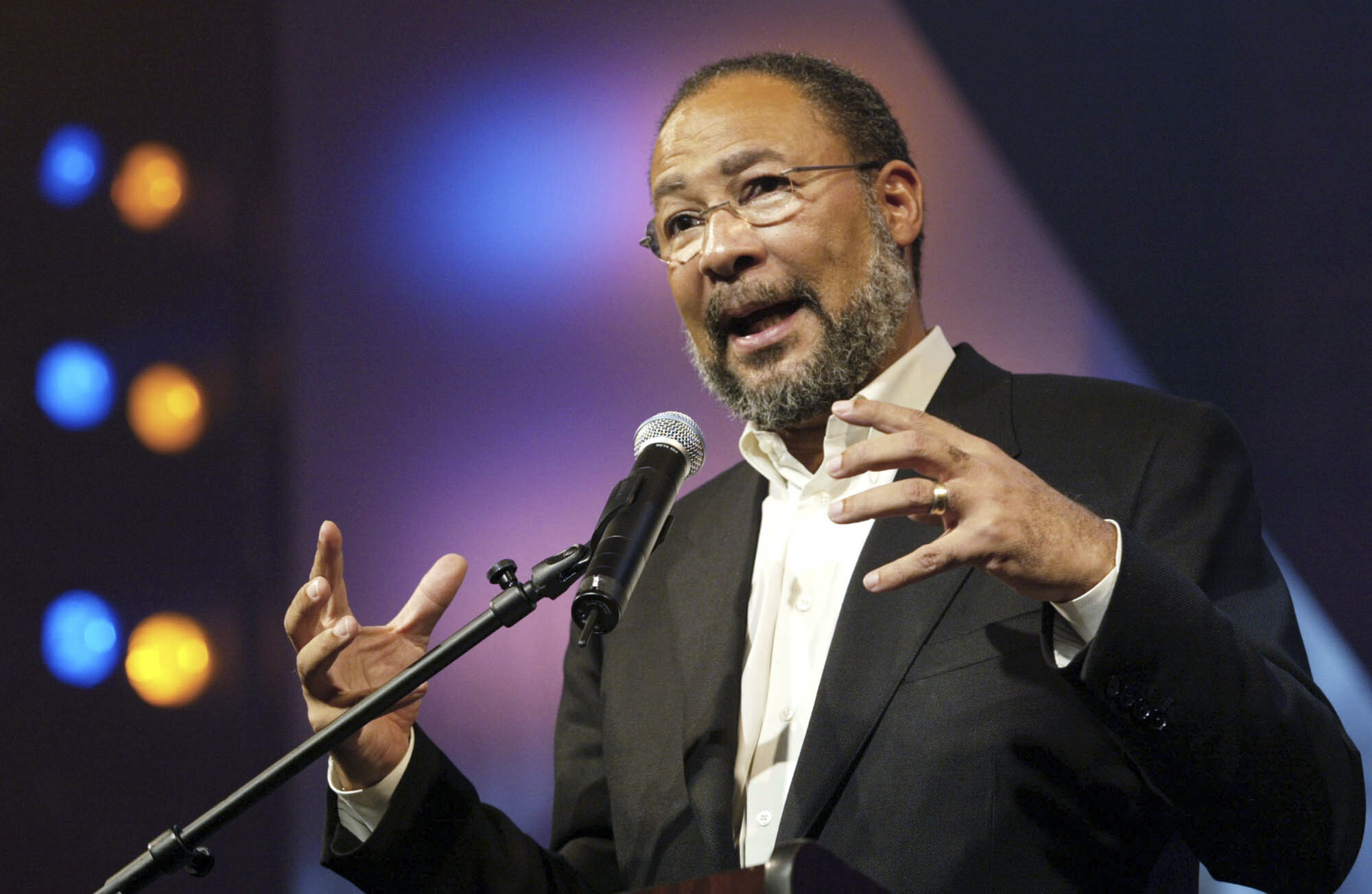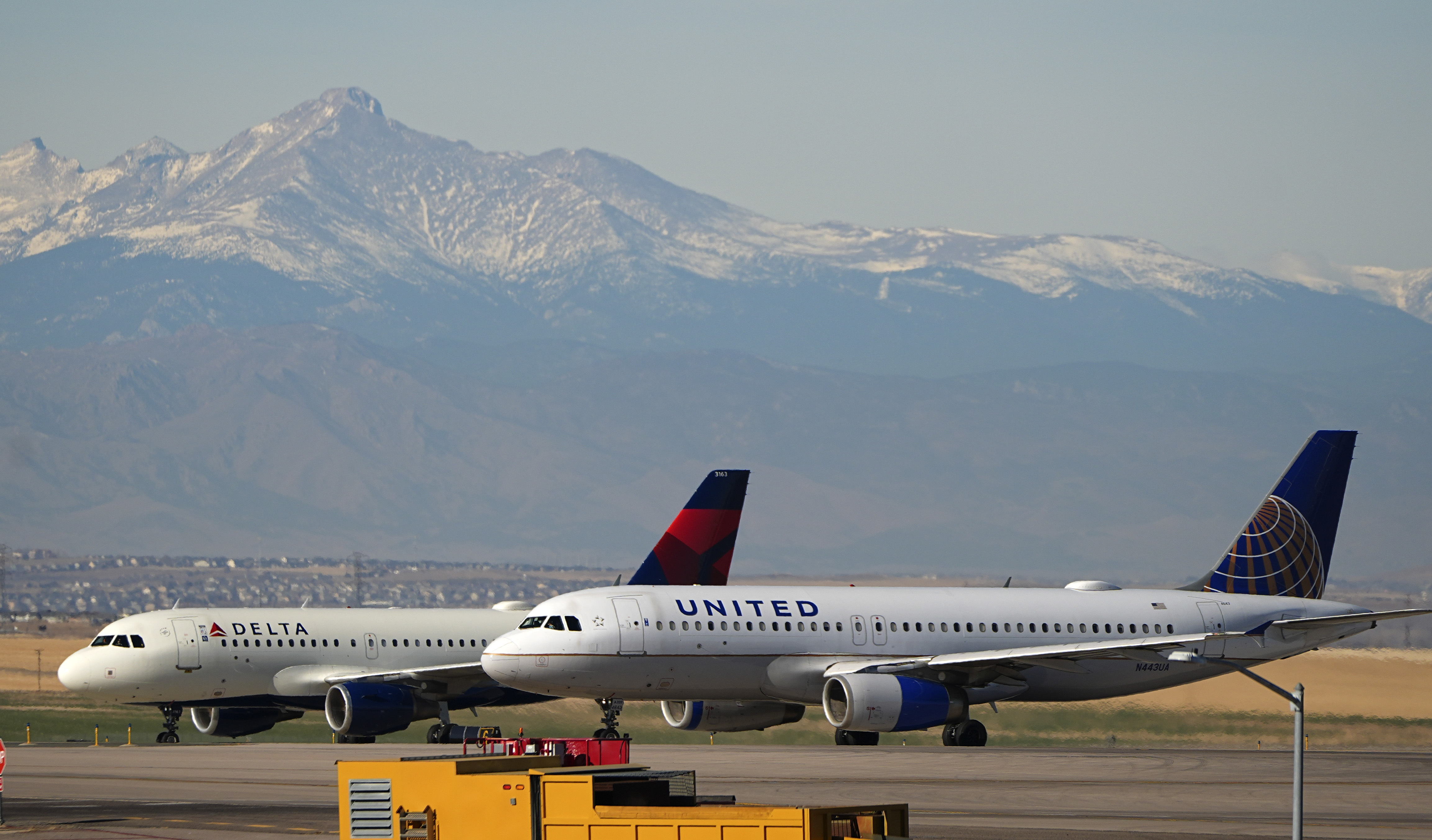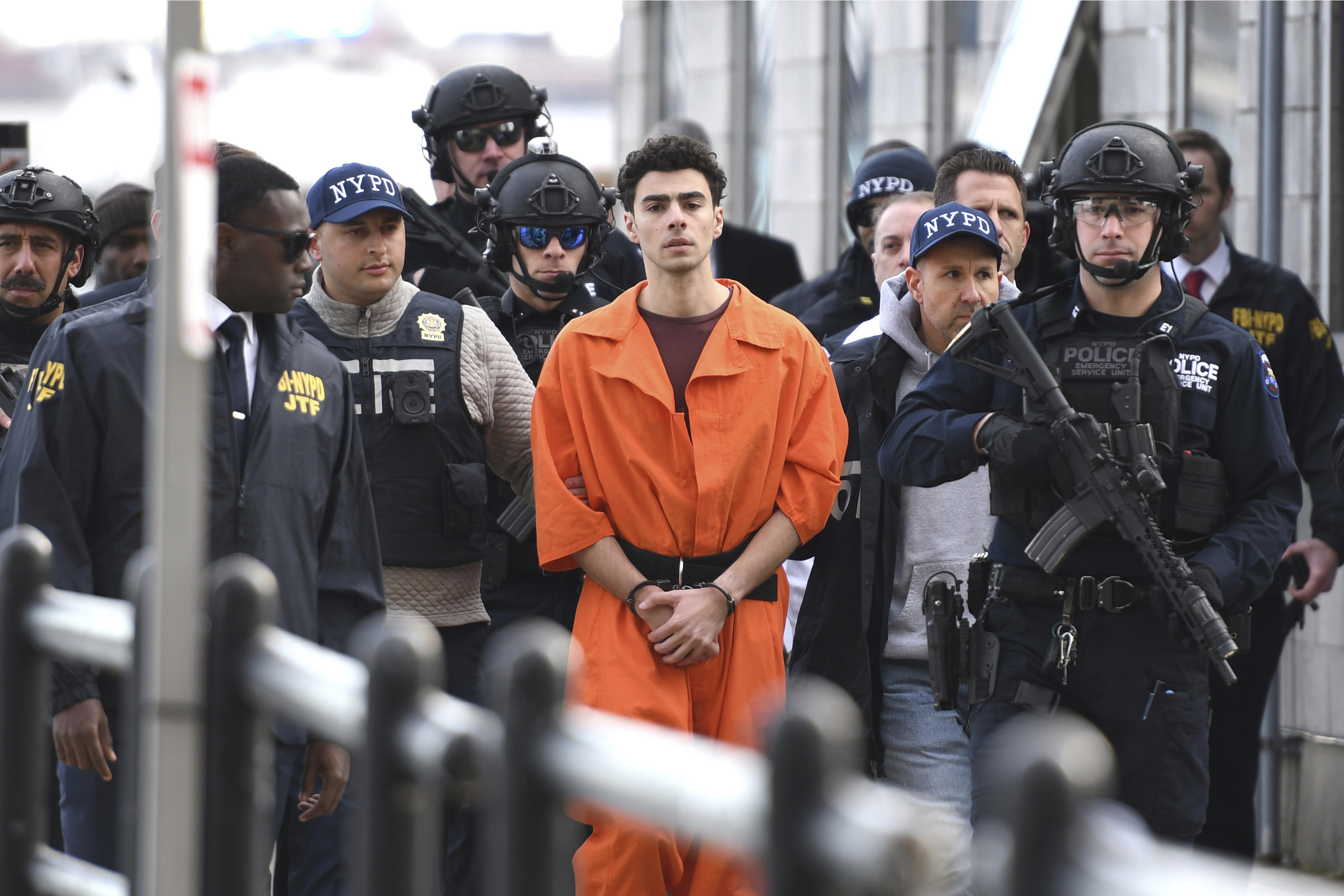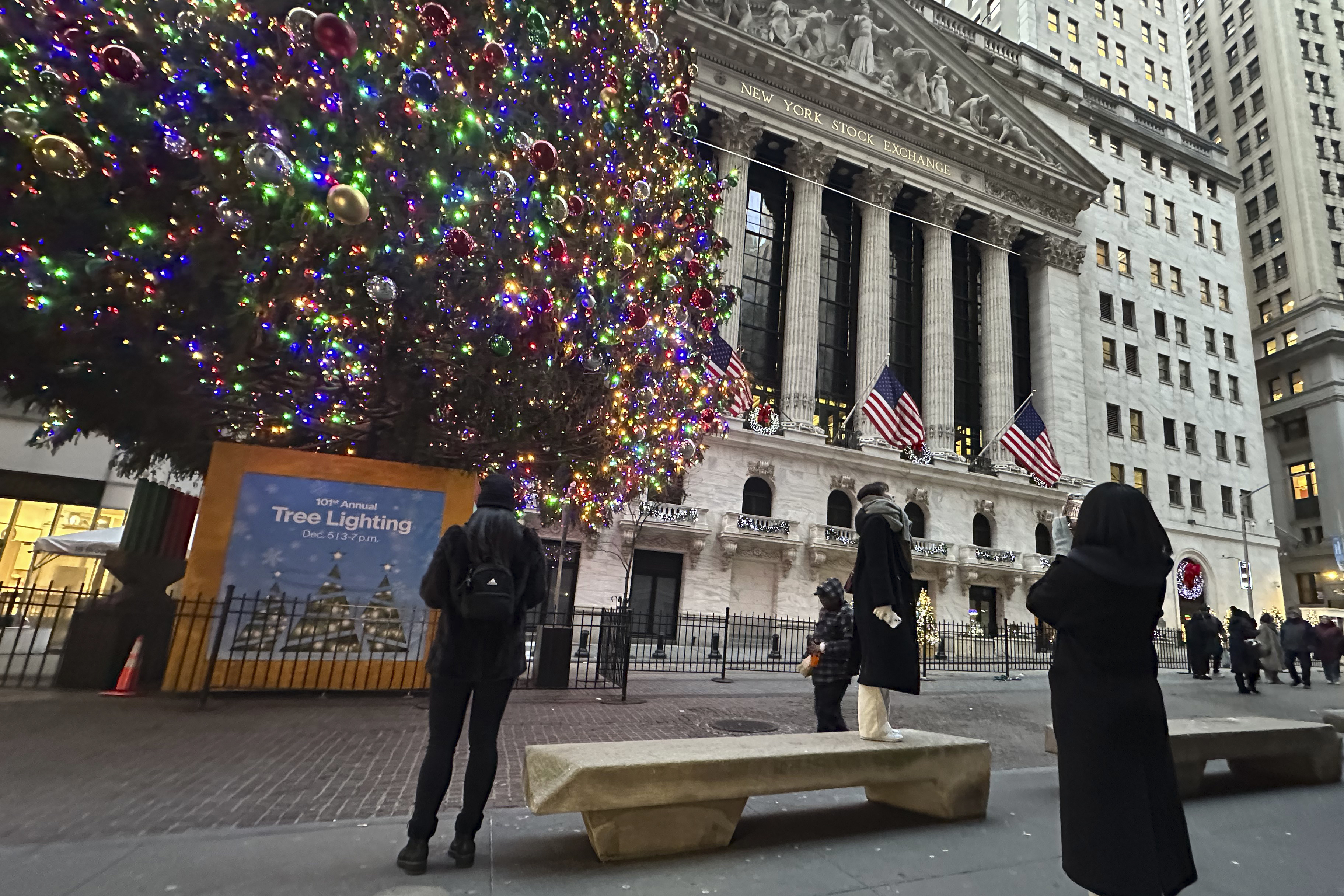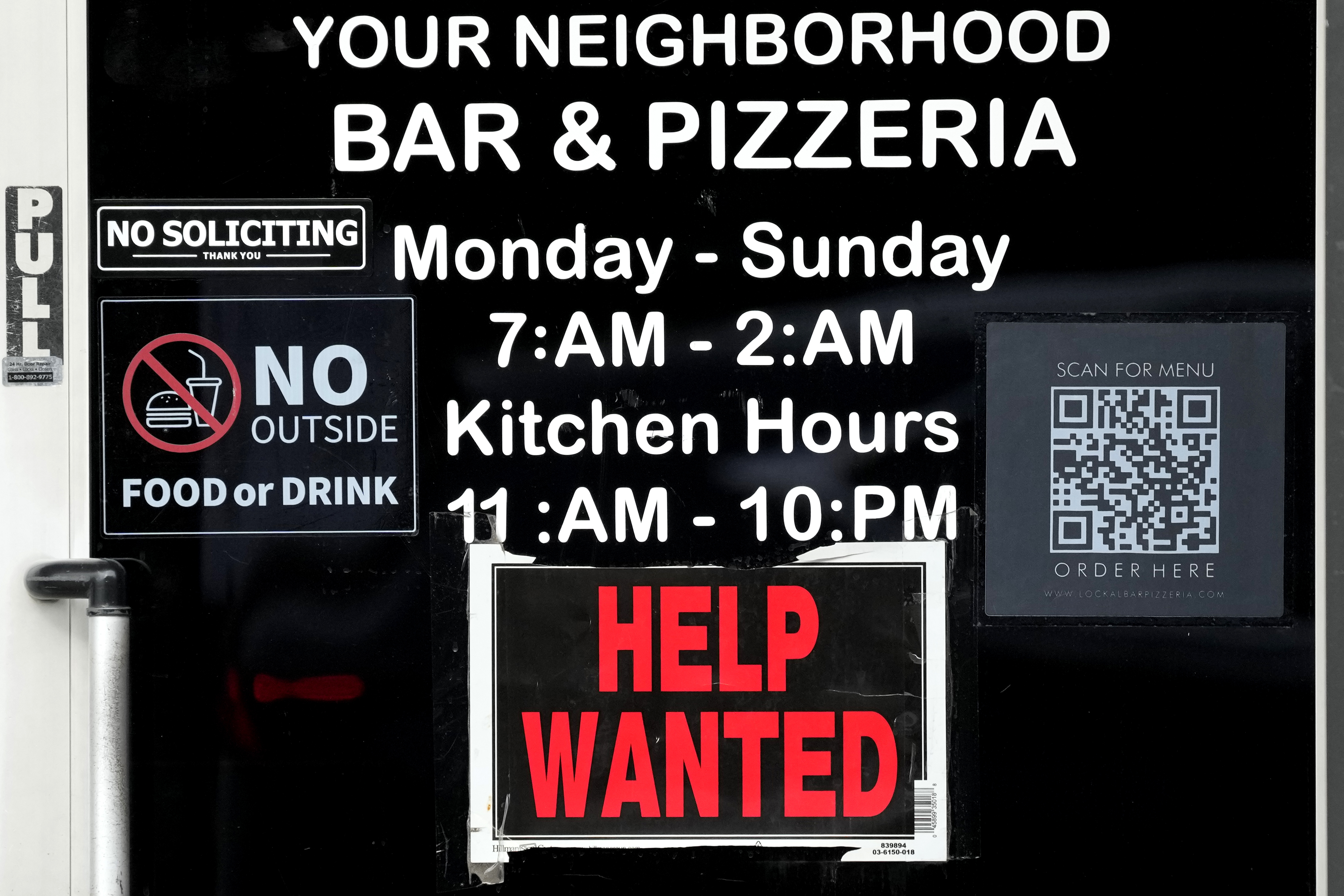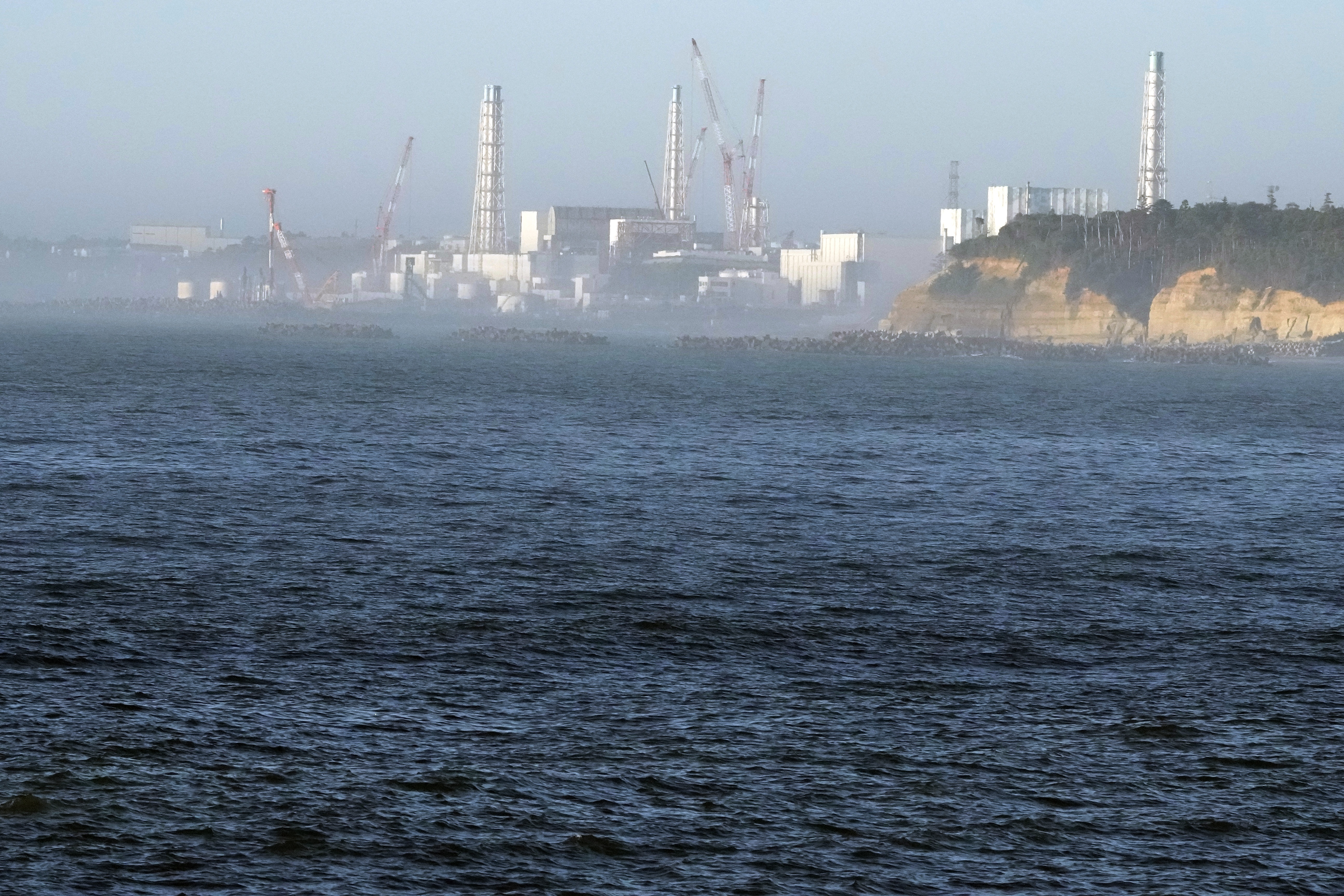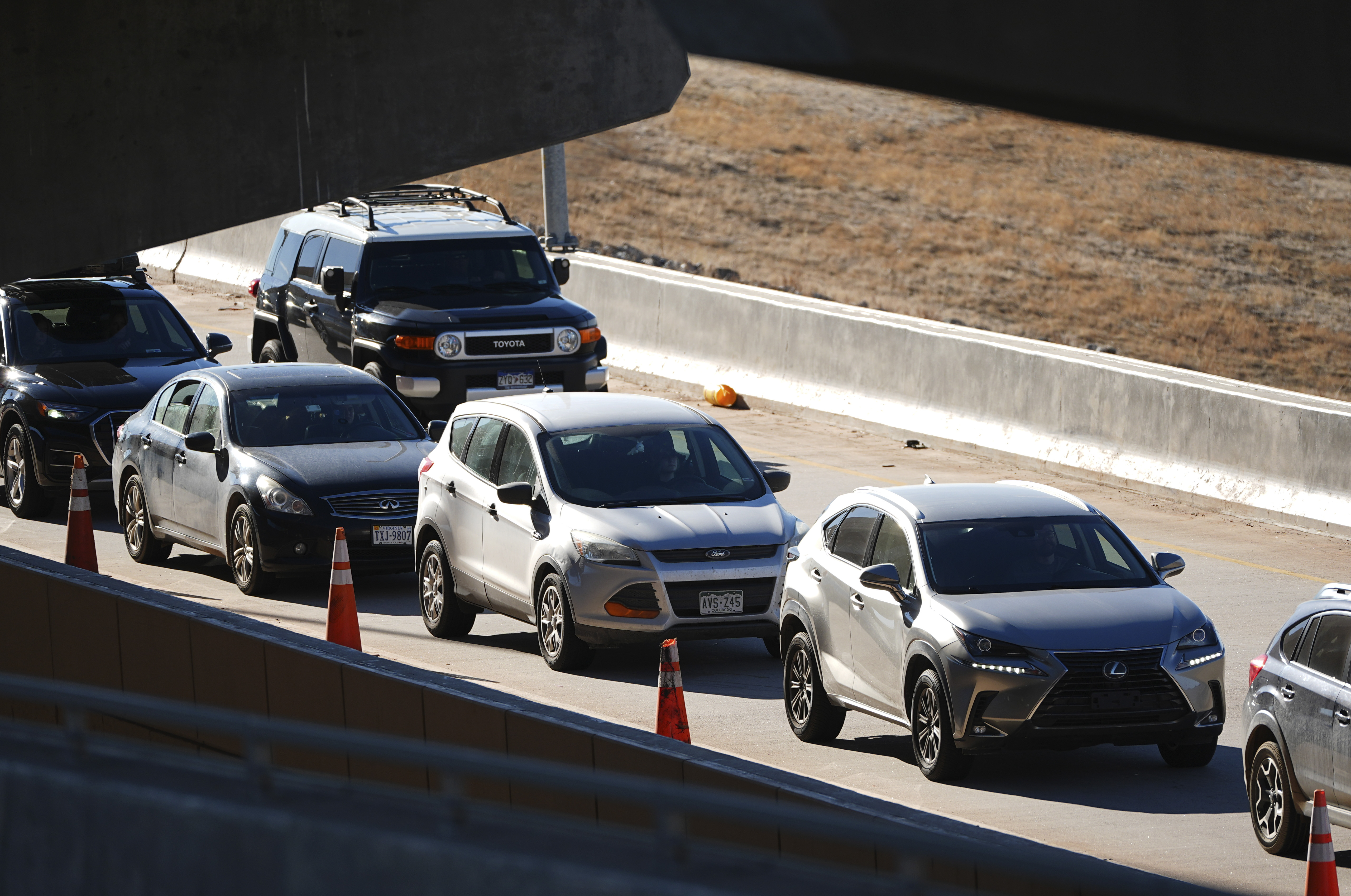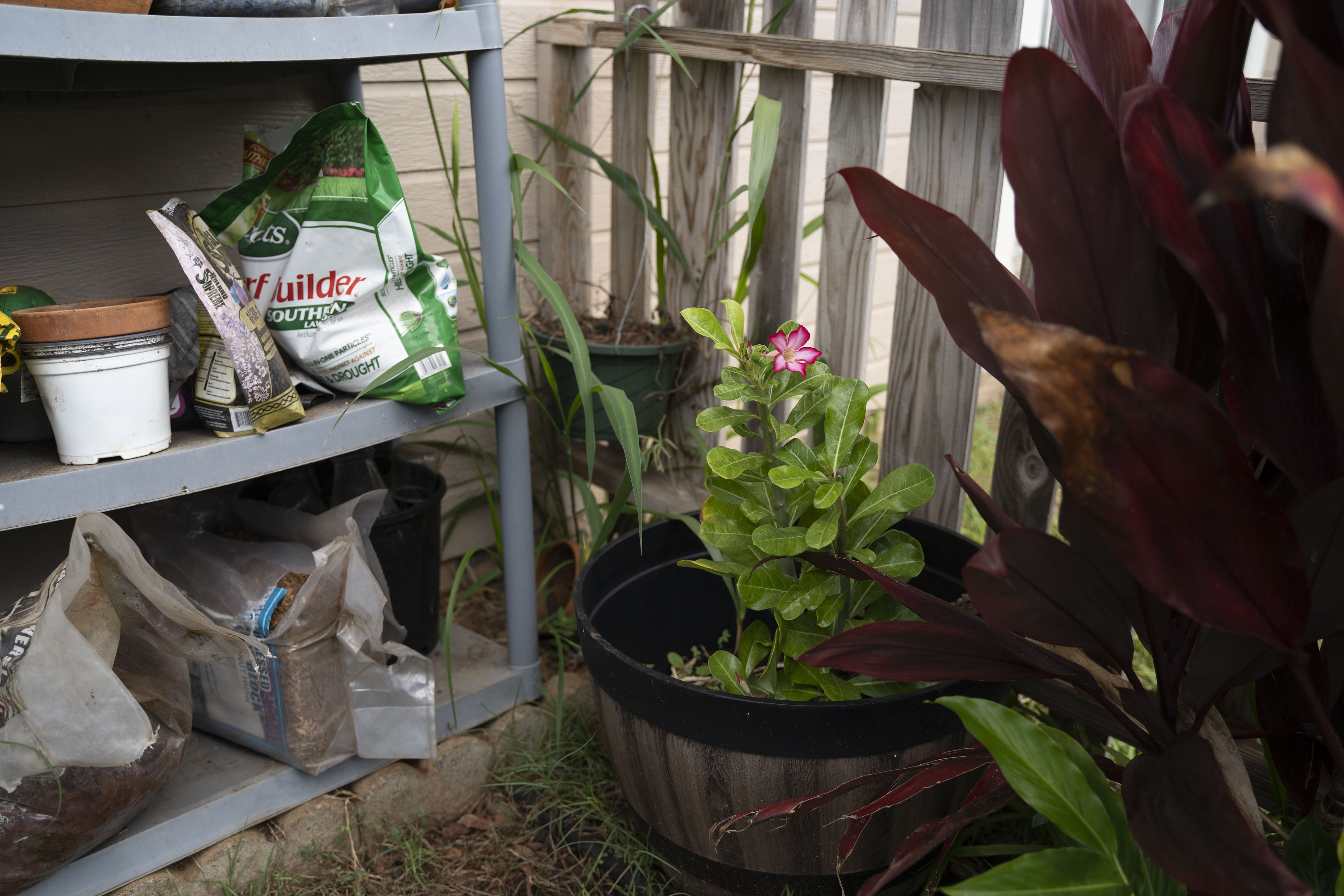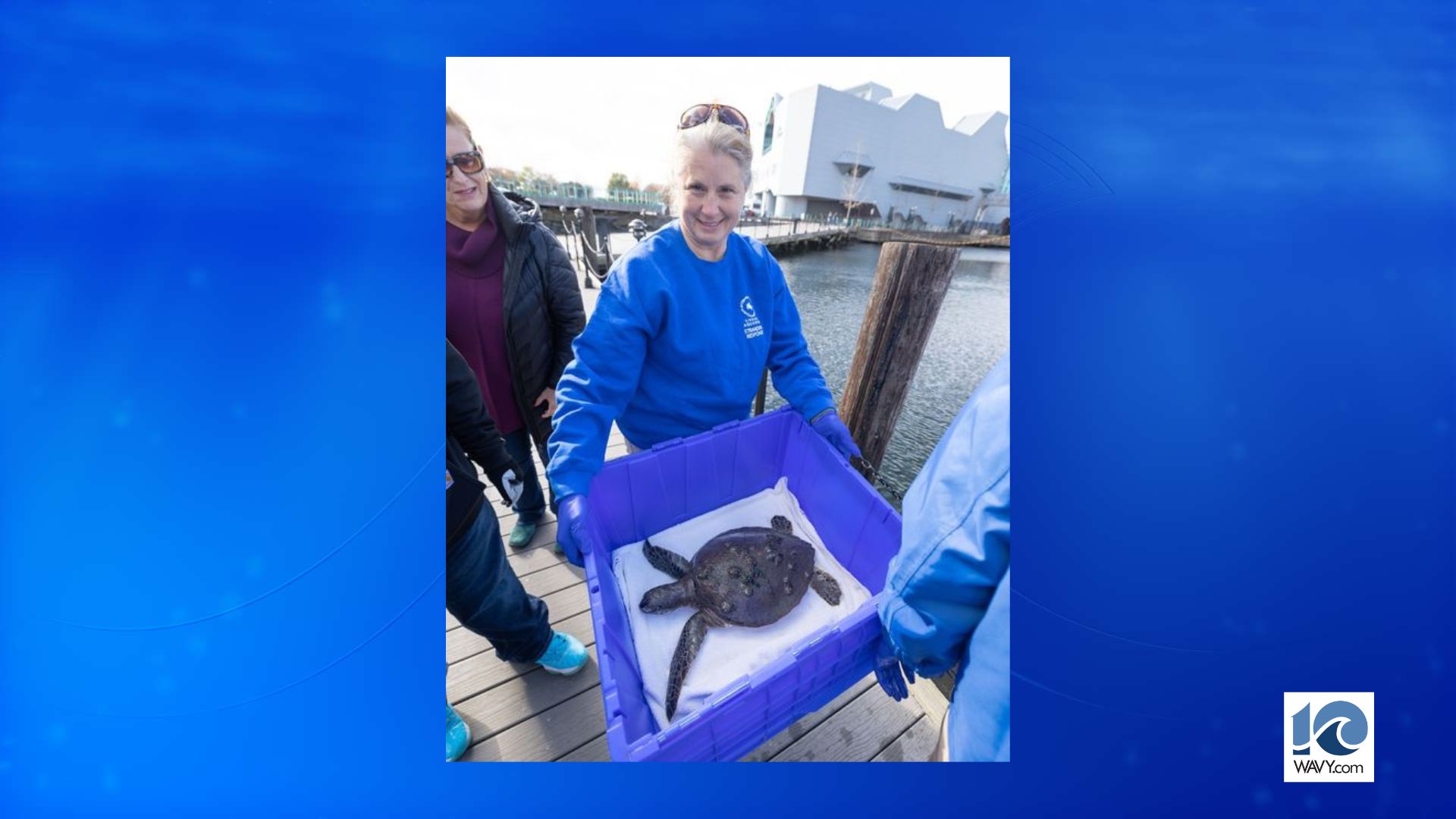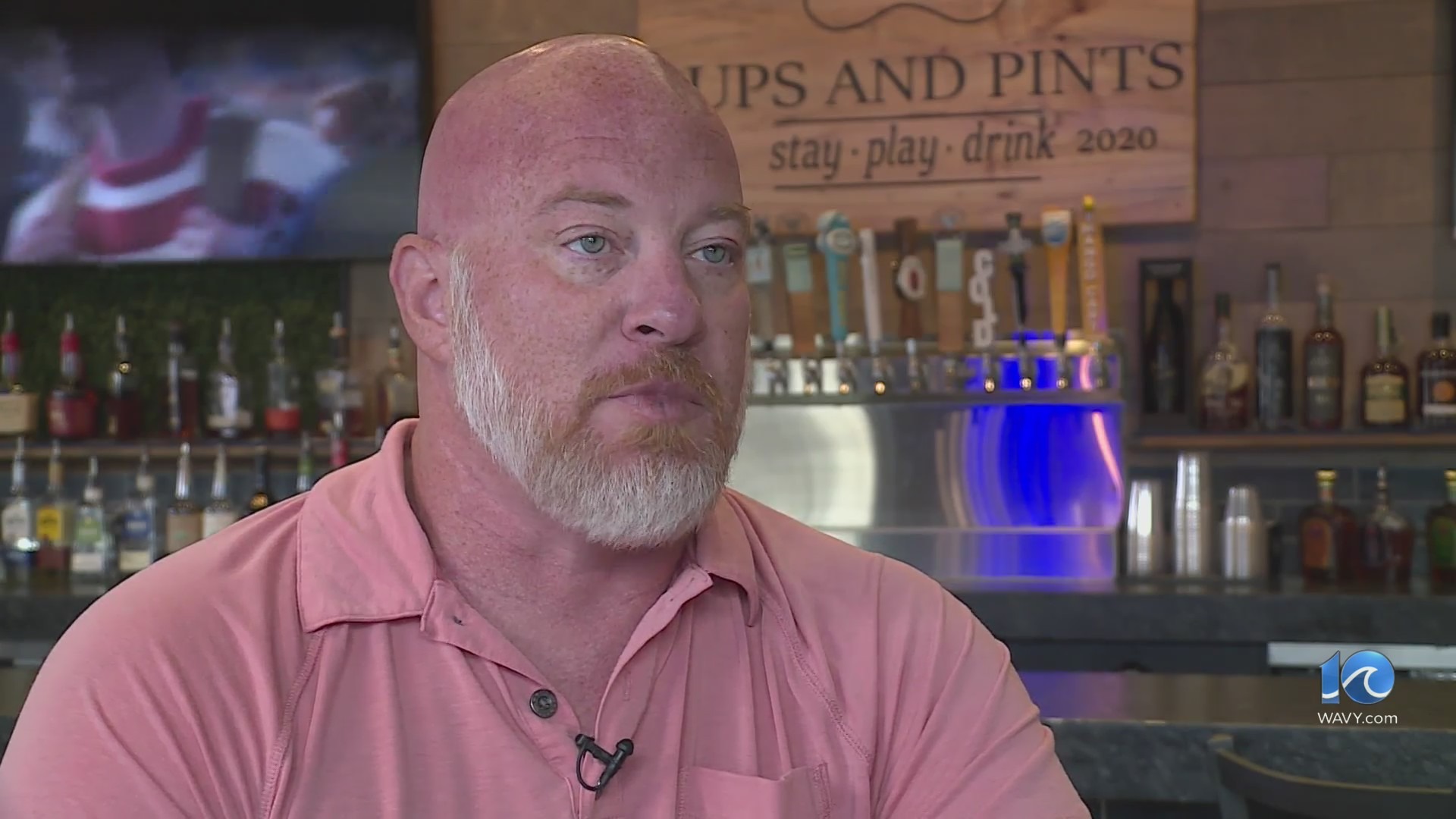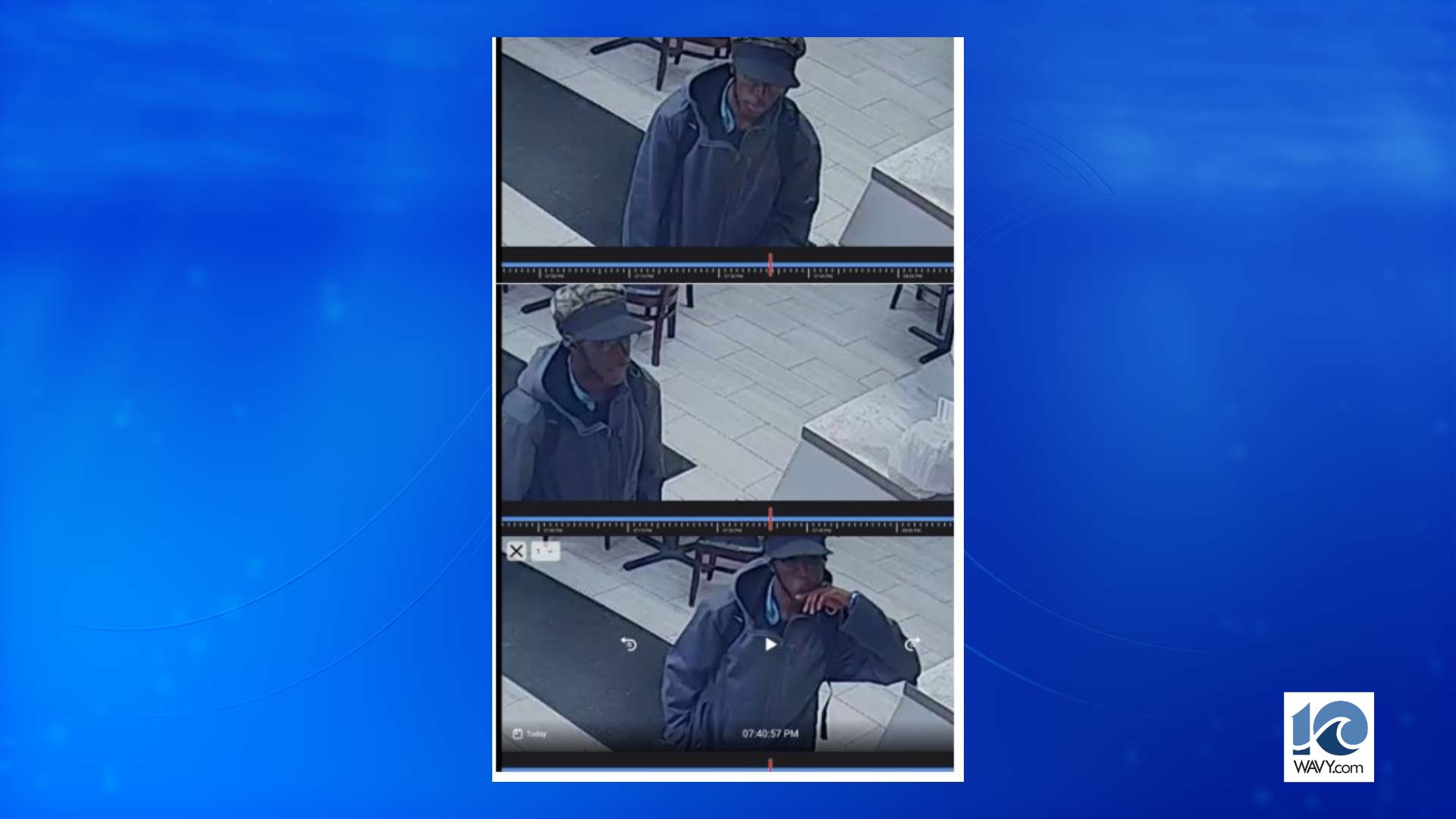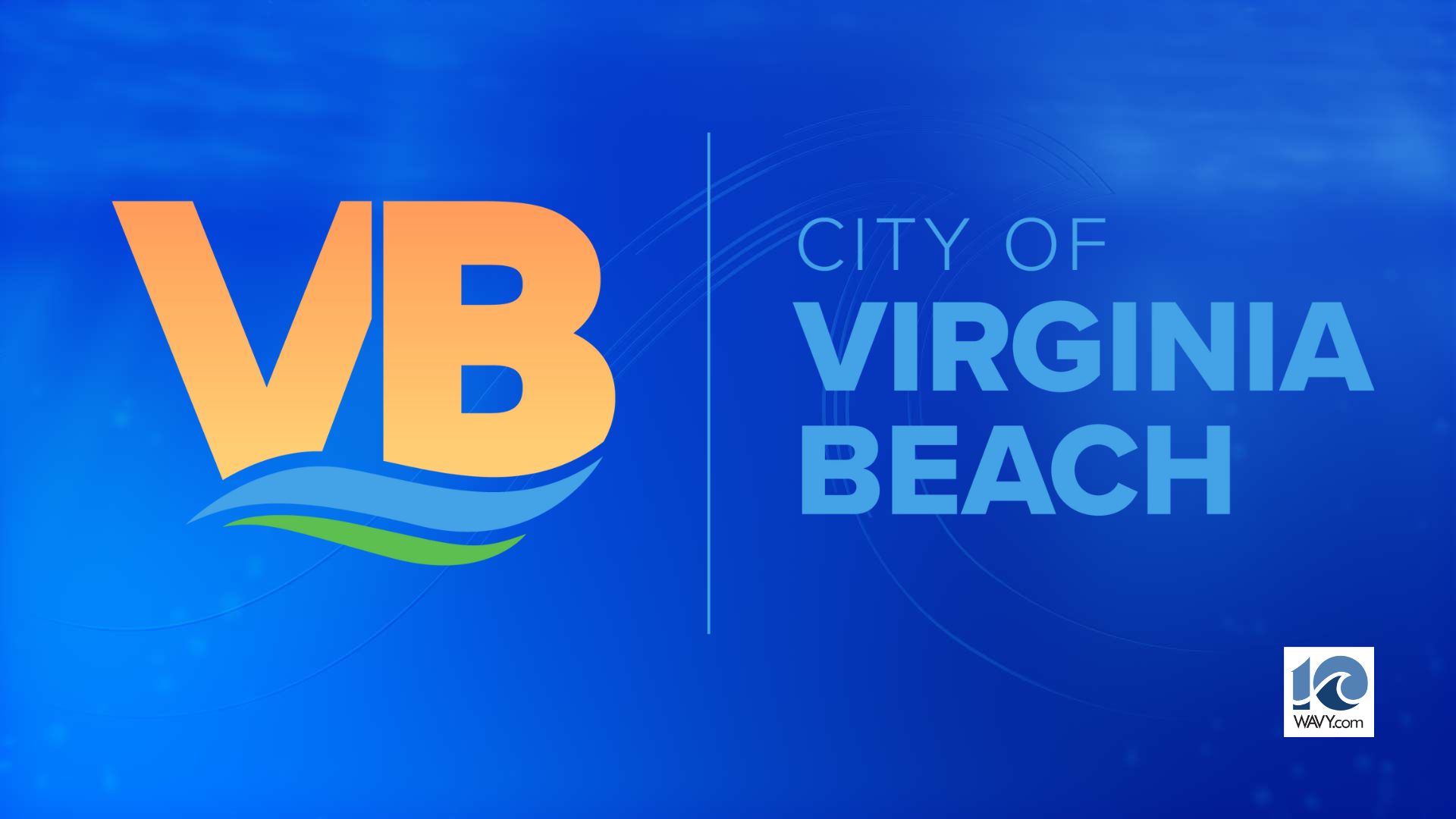NEWPORT NEWS, Va. (WAVY) — If nothing changes and budget projections are correct, by this time next year, the Newport News Williamsburg Airport could be out of money.
In May, the Peninsula Airport Commission, which owns and operates the nearly 80-year-old airfield, approved an upcoming fiscal year budget that estimates a nearly $3 million shortfall.
While it’s at least the fifth-straight year expenses exceeded revenue, for the first time, the commission does not have all the cash needed to cover the loss.
There is currently a balance of $2.9 million in unrestricted cash.
Under the airport’s charter with the Commonwealth of Virginia, taxpayers of the commission’s member municipalities are responsible to make up the difference. In this case, that would be Newport News and Hampton.
Conversations have begun with city of Newport News leaders about the likelihood of fronting money to keep the airport afloat, according to Lindsey Carney Smith, the commission’s current chairwoman.
“The commission has had discussions about what is next with regard to the airport and the losses that we’re incurring,” Carney Smith said. “The city manager, the mayor, City Council is well-aware of the budget. They’re well-aware of their responsibility as it pertains to the charter.”
The airport, which sits on 1,800 acres straddling Newport News’ city limits with York County, has struggled to retain passenger traffic for much of the last decade.
In 2010, the airport, also known as Patrick Henry Field (PHF), was home to multiple carriers and around 1.1 million passengers traveled through.
In 2023, only one airline offered service for most of the year, with more than 140,000 passengers served. The lone remaining airline, American Airlines, is now running four to five direct flights to Charlotte on 50-seat Embraer 145 jets.
The commission places the inability to attract more service on factors outside of their control.
Following the COVID-19 pandemic many airports across the country of PHF’s size faced issues due to shortages of pilots and flight support staff of the major airlines, according to the airport’s recent audit.
“It lead to a greater concentration of passenger traffic to the airports capable of attracting and handling larger and more fully-loaded aircraft,” the audit completed by Cherry Bekaert stated.
In Hampton Roads, that means neighboring Norfolk International Airport, less than 30 miles south. In 2023, it marked its busiest year in history, with more than 4.5 million passengers served.
Yet Newport News hasn’t admitted defeat.
Last spring, Newport News City Council appointed immediate past mayor, McKinley Price, as well as John Lawson, chairman of construction giant W.M. Jordan, to the commission in order to “have our best on the front lines” according to current Mayor Phillip Jones.
The two join Carney Smith, who is an attorney, as well Tommy Garner and Hampton appointee Jay Joseph , in trying to turn the airport around. Joseph and Garner work in commercial real estate and the heating and cooling business respectfully.
“The budget that we approved is conservative,” Smith said. “We have done a significant amount of cost containment over the last year to go ahead and … reduce the losses that we’re having monthly. It’s going to be next May when we will need assistance coming from the outside.”
If Newport News does support the airport, they wouldn’t be the first in the region to do so.
Suffolk’s fiscal year 2025 budget includes nearly $180,000 to help fund Suffolk Executive Airport, while city of Franklin taxpayers are sending more than $200,000 to fund Franklin Municipal Airport for the year and Chesapeake Regional Airport receives roughly $360,000 in yearly assistance
However, those airports don’t have commercial airline service and serve general aviation almost exclusively. The yearly amount of support is also a fraction of what Newport News could be on the hook for.
Inversely, the city of Norfolk receives an annual payment of more than $2.6 million from Norfolk International for use of the land.
Newport News Williamsburg makes no such payment.
With efforts to lure new airlines ending with little success, last year, Carney Smith stood alongside Jones and former City Manager Cindy Rolhf, to announce they were backing the hiring of a consultant to craft an aviation strategy for Hampton Roads.
The hope was to have a list of recommendations by the fall that could help turn the tide at PHF.
A taxpayer funded GO-Virginia grant paid for the work. However a year later, the study has yet to come out.
“We are currently reviewing the two complementary draft reports and expect GO Virginia to release final versions of each as soon as late next week,” said Doug Smith, CEO of the Hampton Roads Alliance, in a text Friday.
The commission is already exploring other money generating opportunities, according to Carney Smith.
“We’re all equally realistic that might include doing some non-traditional aspects that this airport has never done in order to bolster the economic driver that this airport can be and serve the community in the region,” Carney Smith said. “We have, right now, Air Commerce Park East, Air Commerce Park West, which a lot of people don’t even know. That is an area for economic development as it relates to the aerospace industry. We are actively soliciting users to come and look at that space.”
While the upkeep and operation of the terminal and grounds is what currently makes up for a majority of the airports expenses, Carney Smith said even if the report recommends discontinuing commercial air traffic, that is not the direction she plans to go.
“We are not getting rid of commercial air service,” Carney Smith said. “We are going to continue to pursue that as part of all of this. It is just a mechanism to help us enhance what is currently being offered to the community.”
The news pleases Tony Gabriele, who lives in York County and tries to always fly out of Newport News if he can help it.
“It’s very difficult if you want to fly, to get somewhere else,” Gabriele said. “What’s the closest airport? It’s over in Norfolk. You got to go across the bridge-tunnel. You never know if there’s going to be a back-up. You always worry about whether you’re going to get there on time.”
He would be OK with tax money going towards the airport as long as it isn’t “excessive.”
But David McGarry, a policy analyst with the Washington D.C. based nonpartisan Taxpayers Protection Alliance, disagrees with any additional funds going towards what he considers a “business.”
“When a business is no longer able to serve its neighbors, it’s no longer able to serve the people of its community, It’s not the job of the taxpayers to prop it up,” McGarry said, adding that five flights a day isn’t a service to a community as large as the Peninsula.
“No much how much subsidization we pour in, the tax dollars will not actually solve that underlying problem,” McGarry said.
In watching similar situations play out across the country, McGarry said there is often reluctance to pull the plug on costly commercial passenger traffic at airports for one reason: status.
“There’s a deeply felt loss of some sort,” McGarry said. “That shouldn’t be hand-waved away. That is a very legitimate thing. But again, the question becomes what to do about it. The question becomes whether it is right to take public dollars, which is money extracted out of the wallets of Virginians, and use that to prop up a failing business.”
The airport has a history along that front. In 2017, Virginia temporarily cut the amount of money send to the airport after the then-transportation secretary determined funds were misspent to pay off a loan to a private airline.
Known as the People’s Express scandal, it landed the airport in negative headlines, Newport News’ city manager out of a job, a criminal conviction for the airport’s former executive director and jail time for a former airline executive.
“The Commission is committed to doing what’s best for the community,” Carney Smith said. “And so we will have to, in concert with the city, if we’re going to ask the city for dollars, We need to look at both commercial air service and nontraditional aerospace and aviation. That would help complement each other, because this is an amazing asset. We have land. We have a terminal, what is best for the taxpayers, what is best for the community and what’s best for the region.”
